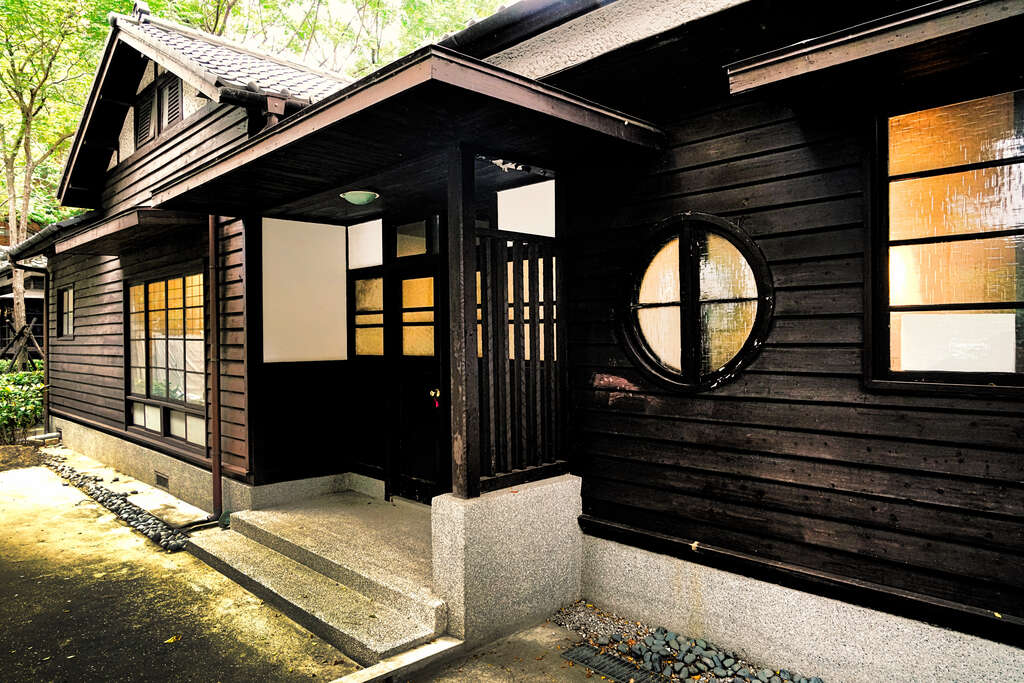Taiwan Literature Base Introduction
The Taiwan Literature Base is located within the Japanese dormitory cluster on Qidong Street, which is one of the few areas in Taiwan where historical buildings are preserved in such completeness. It is also among the first batch of Japanese dormitory clusters to be preserved according to the Cultural Heritage Preservation Act, containing one designated historic monument and nine historic buildings. This site is rich in local stories and connections to the experiences of the citizens, highlighting the contemporary significance of revitalizing and reusing the remaining Japanese dormitory historic community in Taipei City. In the chessboard-like order of downtown Taipei, Qidong Street is like a casually drawn smile, cutting across the space between Jinan Road and Zhongxiao East Road. Behind this smile lies a long history—over two hundred years ago during the Qing Dynasty, this area was an ancient road leading to Songshan and connecting to Keelung, known as "Sanbanqiao Street." At that time, the area was filled with endless rice paddies and ponds. Amidst the ditches, rice fields, and ponds, the yet-unnamed Qidong Street wound its way through, shouldering the heavy responsibility of transporting rice, coal, and other essential goods. From 1920 to 1940 during the Japanese colonial period, the Governor's Office successively built a series of Japanese official residences here, which are now the Qidong Japanese Dormitory cluster. Meanwhile, various industrial associations, factories, and organizations gradually gathered in the area, and commercial activities became increasingly prosperous, leading to the establishment of the "Chengdong Association," which frequently organized community lectures, theatrical performances, and film appreciation events, creating a cultural experience boom of that era. After the war, the government continued to use this area as a dormitory for central government officials, with then Vice Commander of the Air Force, Major General Wang Shuming, residing at No. 27, Section 2, Jinan Road. He later held titles such as "Commander of the Air Force" and "Chief of Staff of the Ministry of National Defense" until moving out in 1992; this Japanese old house was marked as the "General's Residence." After 2000, due to its location in the city center, the Japanese dormitories on Qidong Street faced the fate of demolition amidst rapid urban development. Fortunately, local residents from Xingfu Village, recognizing the significance of the architectural cluster, old trees, and environment, formed the "Qidong Cultural and Historical Studio" in 2002. Through the efforts of residents and experts, they succeeded in preserving the nine adjoining historical Japanese dormitories, which is regarded as "an important and invaluable historical and cultural asset for the citizens of Taipei City." With urban development, the new houses, schools, and factories began to rise, and "Sanbanqiao Street" slowly disappeared from the map, leaving only the smiling arc between Jinan Road and Zhongxiao East Road to remind us of its previous existence. In 2011, the Ministry of Culture commissioned the Cultural Affairs Department of the Taipei City Government to repair the Qidong Japanese Dormitories (No. 25 and 27, Section 2, Jinan Road) and named this historic building "Qidong Poetry House." In July 2014, the National Taiwan Museum of Literature began managing it and planned exhibitions and literary promotion activities. With the restoration of five historic buildings on Alley 53 of Qidong Street completed, in 2021, the winding smiling alley officially opened as the "Taiwan Literature Base," dedicated to innovation and cultural heritage! (Source: Taiwan Literature Base Official Website)





























